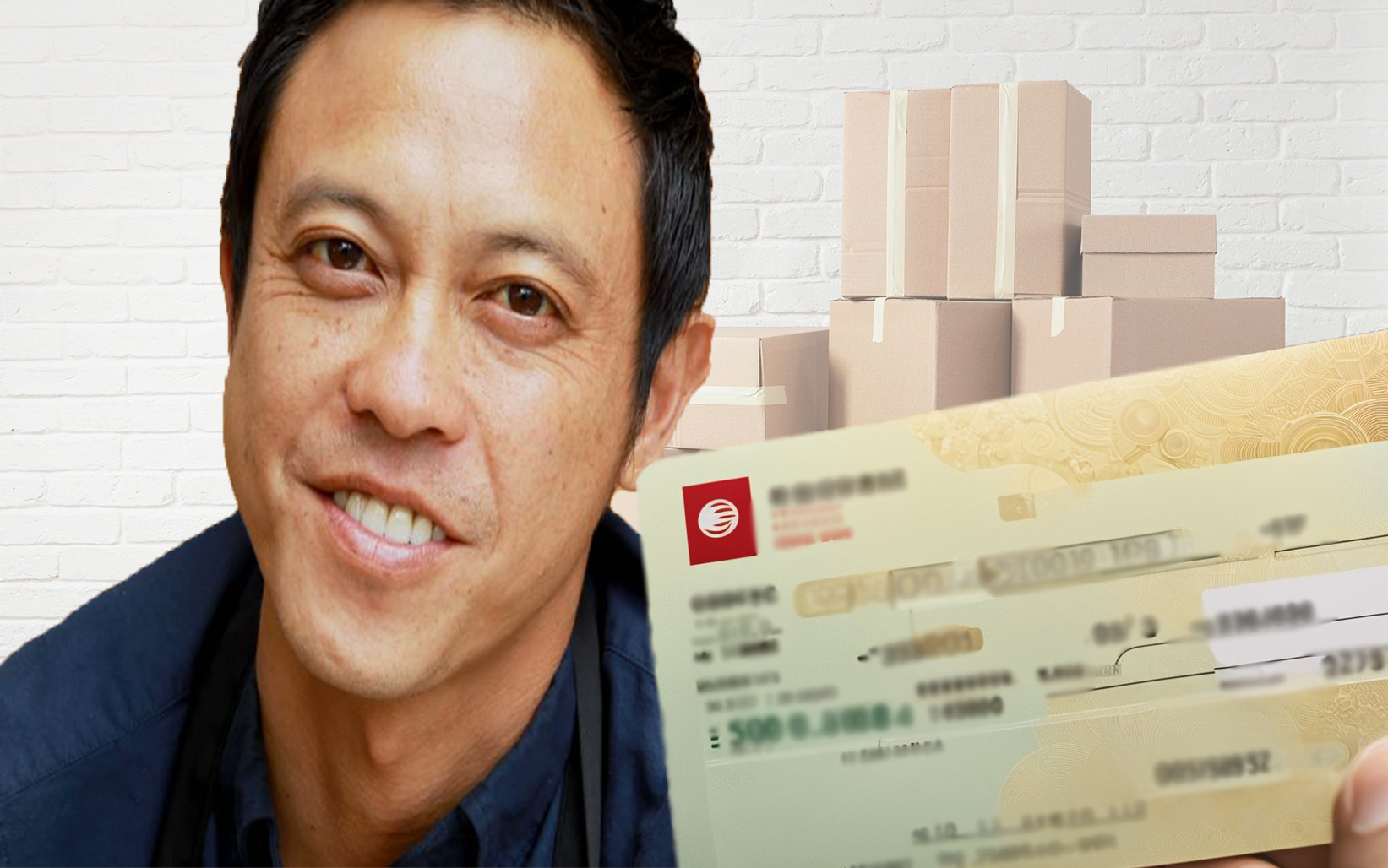You Could Lose Up to S$8,000 if You Make These Mistakes When Moving to Singapore in 2024
Moving to Singapore, a global hub known for its economic opportunities, high standard of living, and cultural diversity, can be an exciting prospect. However, for those planning to relocate in 2024, there are some significant mistakes that could complicate the process, potentially costing you up to S$8,000 in lost rental deposits alone. But this is not the only financial pitfall—small missteps can add up quickly, with some mistakes costing as much as S$1,200 in additional expenses.

The S$1,200 Mistake: Misjudging Utility Costs
Beyond rent, utility costs can heavily impact your budget, especially if you underestimate these expenses. For instance, electricity and water bills can be much higher than expected, particularly in Singapore’s tropical climate, where air conditioners are often in constant use. Underestimating your monthly utility costs could lead to unexpected bills of up to S$1,200.
To avoid this mistake, it’s essential to plan for average utility costs, which can range from S$150 to S$300 per month, depending on usage. However, it's also wise to account for fluctuations during hotter months, when air conditioning use spikes. Be sure to clarify with your landlord if services like air conditioner maintenance or minor repairs are included in your rent, as overlooking these details could lead to additional financial burdens.

Now that we’ve highlighted how easily overlooked expenses can accumulate, let’s explore some other common pitfalls that can lead to significant financial losses when moving to Singapore.
1. Mismanagement of Rental Deposit
When renting property in Singapore, landlords typically require a deposit of up to two months' rent. For example, if you're renting a flat for S$4,000 per month, your deposit could be as much as S$8,000. Without clearly specified terms and conditions for the return of this deposit, you risk losing up to S$4,000 if the landlord believes you've breached any part of the rental agreement—whether it's failing to professionally clean the property or not repairing minor damages. It's crucial to clarify these terms upfront to avoid unnecessary losses.
2. Excessive Service Charges
Some property owners may pass hidden costs for maintenance and repairs onto tenants. For instance, if your rental agreement doesn’t clearly state that the landlord is responsible for fixing broken appliances, you might have to cover the cost yourself. A malfunctioning air conditioner, for example, could cost S$1,000–1,500 to repair, an unplanned expense that could be avoided by carefully reviewing your rental contract.
3. Missed Tax Payments
For those buying property in Singapore, there are significant tax liabilities, including the Additional Buyer’s Stamp Duty (ABSD) for foreigners, which can reach up to 30% of the property’s value. Failing to account for these taxes during your financial planning could result in

underpayment, leading to penalties. Depending on the property’s value, you could lose up to S$5,300 in fines due to unpaid taxes alone.
4. Underestimating Housing Costs
One of the biggest challenges newcomers face is the high cost of housing. In 2024, monthly rents for a modest one-bedroom apartment in central Singapore range from S$3,500 to 5,000, while similar apartments outside the city center still cost between S$2,500 and 4,000. Larger units or condominiums with additional amenities, such as pools and gyms, come at a much higher price.
Buying property is even more daunting, with prices for apartments in the city center averaging around S$25,000 per square meter. Even outside the center, prices can still be between S$12,000 and 15,000 per square meter. These high prices mean buying property in Singapore requires serious long-term financial planning.
By focusing on the potential for substantial financial losses—whether from unreturned deposits, unexpected utility bills, or missed tax payments—you can better navigate the challenges of moving to Singapore. Thorough preparation and attention to detail will help you avoid these common mistakes and make the transition smoother.
